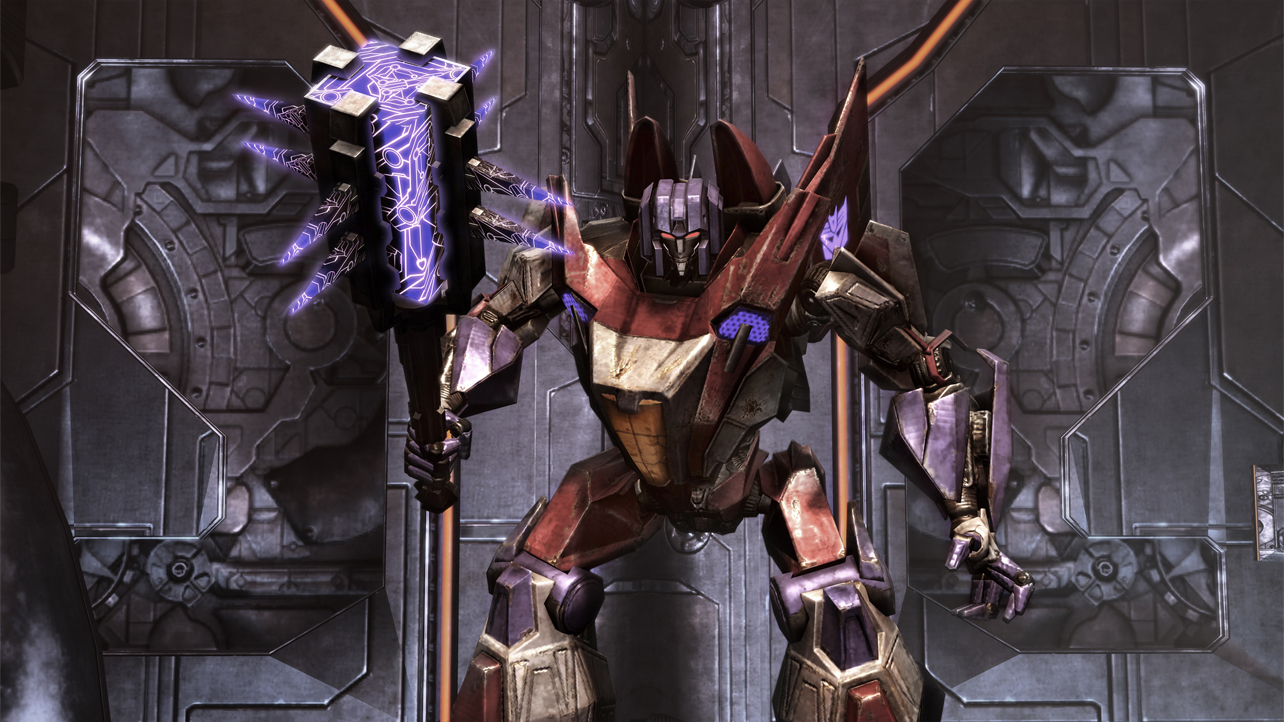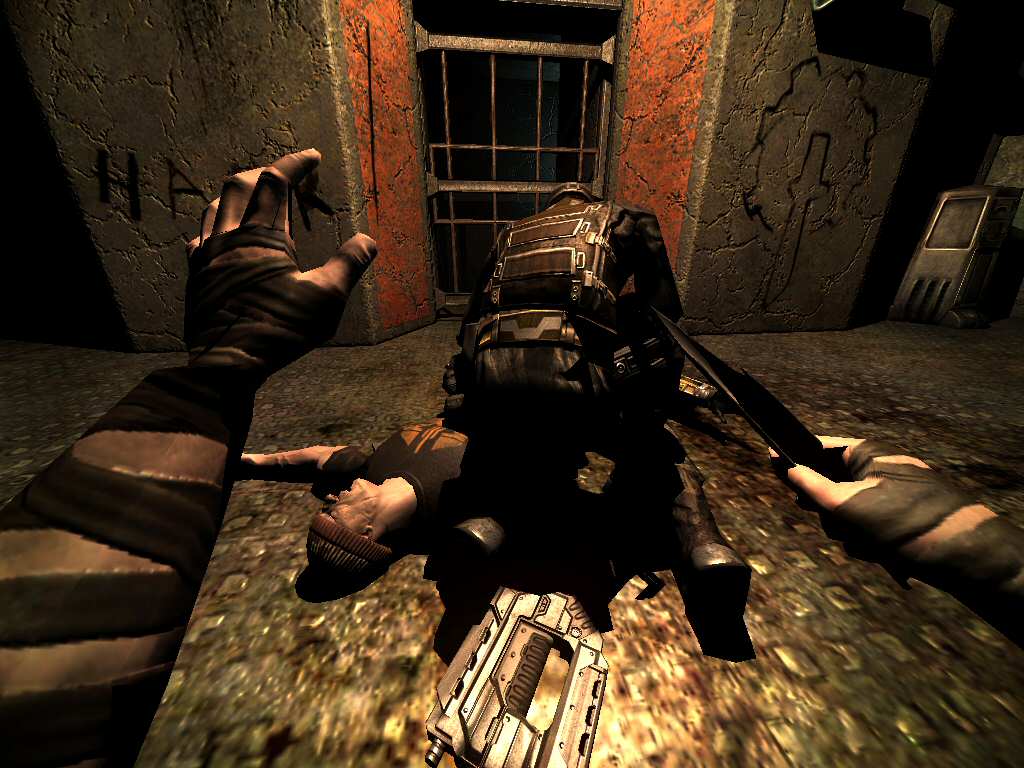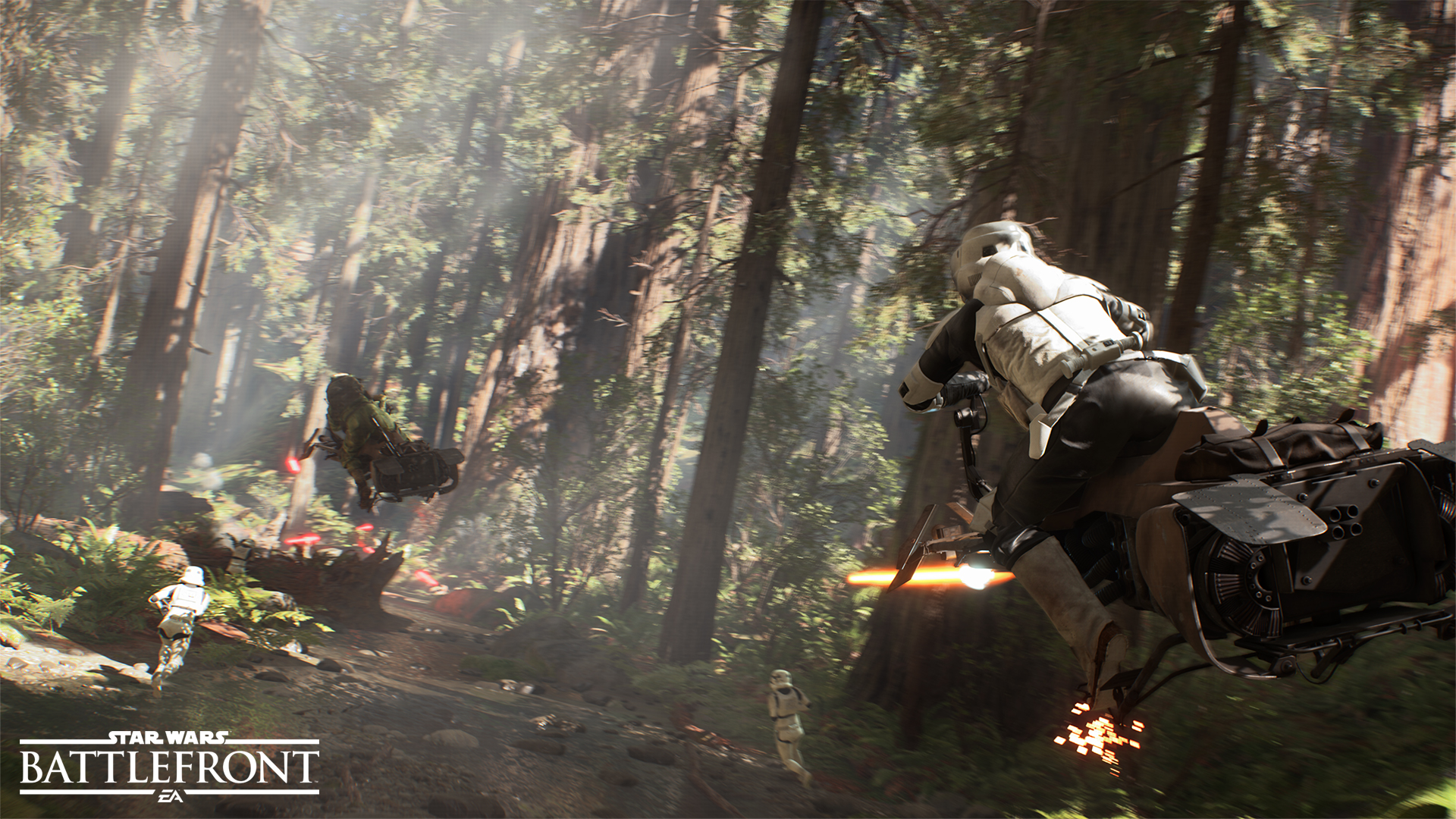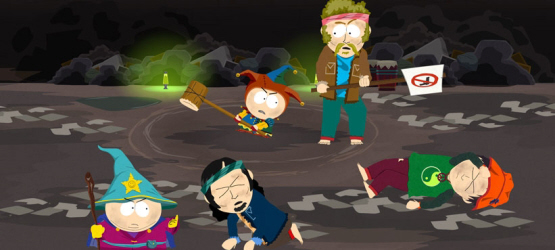It was German philosopher Walter Benjamin who surmised that storytelling is the art of repeating stories half a century ago, and even today, that adage is just as relevant — if not more so — now as it was then. From film to television, literature to video games, every medium is prone to offering a new spin on and an old tale, be it in the form of a subtle homage or an out-and-out adaptation.
Then again, when it comes to the latter category, artists often face a creative dilemma from the get-go; a proverbial line in the sand between loyalty and authorship. It’s a conundrum that is by no means exclusive to our industry, but consider the vast swathes of middling licensed games and it becomes clear that the pixelated interpretation is often treated as secondary — derivative, even.
Playing Second Fiddle
Here lies a sub-genre that has had its reputation tarnished by cheap, rushed cash-ins that are merely designed to strike while the iron is hot, rather than nurturing an IP from one medium to the next. For every GoldenEye 007 or Alien: Isolation, there’s the derided Aliens: Colonial Marines, not to mention Atari’s by-now infamous E.T. the Extra-Terrestrial, which took the phrase “commercial failure’” to a new spectrum altogether.
Whether it’s strict, uncompromising timelines or a limited budget, there are a myriad of pitfalls that licensed video games have succumbed to in the past, and it’s for this reason that treating these adaptations with heightened caution has almost become an unspoken truth among the gaming community.
Perhaps the most pressing logistic of all, at least from the consumer’s standpoint, is the studio’s method of approach. From the onset, creative thinkers face the uphill battle of respecting the established fanbase and the values they represent, while simultaneously trying to attract new ones through their own design.
Acquiring and producing a licensed game therefore becomes a balancing act, and it’s fair to say that Rocksteady’s Arkham series has been the modern-day poster child for the latter creative route. Birthed at a time when The Caped Crusader was in vogue thanks to Christopher Nolan’s seminal The Dark Knight, the studio took the road less traveled and created its own in-game universe independent of Warner’s cinematic trilogy.
A risk, no doubt, but it’s one that paid dividends in the long run, given how Arkham Asylum is widely considered to be one of the best games of the last generation. Rocksteady nailed its interpretation of Bob Kane’s indelible detective, and thanks to a slick and responsive combat system, players felt like they truly were Gotham’s watchful protector.
Shortly thereafter, the studio took its intoxicating formula and poured it across an open world template with aplomb, producing Arkham City and the recently-released Arkham Knight. In hindsight, Rocksteady’s trilogy may have benefited from brand synergy, particularly when you consider just how highly Nolan’s films are regarded. But by in large the studio’s rendition of Gotham existed as its own beast — and was better of for it.
Creative Control
We’ve seen in the past how developers can lean on the licensed IP as a crutch, currying favor from the built-in audience with flashy but hollow content. All style and no substance, these adaptations miss the mark for many a reason, but quite often it comes down to the fact that these projects build an incongruous experience around the IP, as opposed to creating a solid game first from the ground up. This shoot first, ask questions later approach can only be detrimental to the final product, and it won’t aid the genre’s quest to shake off its affiliation with rushed marketing tie-ins.
As much as the Arkham series respected the Batman lore, Rocksteady orchestrated a tour de force across its reputable trilogy that comprised compelling voice actors, crisp sound design and razor-sharp visuals; fundamental ingredients one would find in any good video game, let alone a licensed title.
It’s a similar story for Warner Bros. Interactive’s fellow adaptation, Middle-earth: Shadow of Mordor. Truth be told, The Lord of the Rings property is no stranger to the medium, but again Monolith’s RPG showcased that a licensed IP needn’t be beholden to the source material in order to be a success. Whether it’s story, the characters or its cinematic tendencies, shifting a movie into the video game space with little creative input on the part of the studio is akin to ramming a square peg into a round hole.
But what happens when a developer is handed the keys to what is arguably the biggest entertainment franchise in history? Representing the first product of EA’s ten-year partnership with Disney and Lucasfilm, DICE’s Star Wars Battlefront has been lumbered with a particular brand of expectation.
Promising the most authentic Star Wars experience ever created, excitement for the shooter is already at fever pitch. With the imminent arrival of The Force Awakens in December, 2015 is shaping up to be a huge year for our favorite galaxy far, far away, though the Battlefield dev is placing a laser focus on the original trilogy.
High Fidelity
Crafted in tandem with Lucasfilm who granted DICE unprecedented access to the prestigious Star Wars vaults, the studio is using a process known as photogrammetry to translate the assets and real-world locations into the long-awaited reboot. Hoth, Tattooine, Endor; three pillars of the lore that will feature heavily in the end product. Couple this with the artistic design and thunderous, hair-rising John Williams score and you have an experience brimming with nostalgia.
Still, with such a staunch, unflinching commitment, has DICE jettisoned its own creative input? After all, this is a franchise that has bent the knee to top-down control in the past, and the fact that Lucasfilm is exercising a stern control over the vision has raised concern among the Star Wars faithful. Space battles are a no-no, as is the traditional single-player campaign, while the number of playable maps has been reined in since Battlefront II a decade ago.
Of course, it’s clear that the Swedish studio is gunning for quality over quantity, and there’s no question that its new take on the long-running shooter harbors all the signs of a technical masterclass. But ultimately, Star Wars Battlefront has little chance of pleasing everyone — and really, that’s OK.
DICE is residing over one of the more high-profile licensed titles in recent memory, so it’s hardly surprising that the dev is playing it safe within Lucasfilm’s illustrious sandbox. The balance between loyalty and authorship may be skewed in this case, but even if Battlefront proves to be a pixelated compendium of the greatest Star Wars moments, at least it’ll be crafted with love and care. Besides, should DICE’s reboot go down as a commercial success, it’ll hopefully warrant more artistic license across EA’s ten-year arrangement.
Labor of Love
Overall, though, it’s almost the unspoken rule that licensed games have had somewhat of a checkered past, but there are signs to suggest that studios are beginning to do the genre justice. Transitioning a property from one medium to the next is no mean feat; it can either mean establishing a new framework within which to situate the IP — think The LEGO games or Telltale’s choice-based M.O. — or adding a new chapter into the canon that doesn’t undermine what already exists, such as stealthy prequel The Chronicles of Riddick: Escape from Butcher Bay.
From the get-go, developers can venture down a plethora of creative avenues on the way to adapting an established IP, and the fact there is no one defined path to success naturally leads to experimentation. In terms of Battlefront, DICE is offering a new spin on one of the oldest stories in the industry, implementing subtle tweaks as its vivid interpretation inches closer and closer to its November launch.
The jury’s still out on whether the core gameplay elements can live up to the shooter’s striking fidelity, and Star Wars Battlefront can only ride the crest of ‘the most authentic Star Wars experience’ for so long — DICE’s needs to be a story worth telling.
Do licensed games face an uphill battle from the get-go, then? In short: yes. But when the stars align and creative thinkers nail their interpretation, it can produce one of the richest experiences in video games, with enough star power to attract core and casual players alike. Yes, we may have to persevere through a string of middling tie-ins, but surely the likes of South Park: The Stick of Truth and High Moon’s Transformers series prove that, no matter how spectacular the failures may be, there’s still a tremendous amount of good buried within this most interesting of genres.
Licensed Games
-
Licensed Games: Yay or Nay?

Licensed games face a catch-22 by trying to appease an existing fanbase all the while trying to attract a new one with the studio's own creative input.
-
Sheer Nostalgia

Naturally, this creative endeavour has produced varying results. But in '97, Martin Hollis crafted one of the most memorable games of the N64 era, despite being written off as a commercial dud prior to release. Even to this day, GoldenEye 007 is often cited as one of the very best co-op experiences in history. Now how many licensed games can claim that title?
-
Aliens: Colonial Marines

And then there's the spectacular failures. Granted, Aliens: Colonial Marines' problems stretched beyond merely mishandling the IP.
-
Keep Calm and Ignore the Movies

Much like Rocksteady's Arkham series, High Moon Studios took the road less travelled with its interpretation of the Transformers series, and its Cybertron franchise ultimately benefited as a result.
-
Carving Out a New Story

On the other hand, The Chronicles of Riddick: Escape from Butcher Bay entered the series' canon as a prequel, offering fans a look into the dark origins of the titular mercenary before the events of Pitch Black.
-
Repetition With Variation

Spurred by the success of the Arkham series, Warner Bros. Interactive turned to The Lord of the Rings IP -- itself no stranger to the medium -- for an action-RPG that blended elements from Assassin's Creed and Rocksteady's fellow licensed title. The result? A familiar setting with a new spin, and one of the rarer examples of a licensed title done right.
-
Star Wars Battlefront

When the creative team behind Battlefield set out to reboot a long-dormant, yet beloved franchise in Star Wars Battlefront, there was always going to be the naysayers. Even still, DICE's new spin on an old tale is showcasing a staunch loyalty to the source material, but will it pay off?











